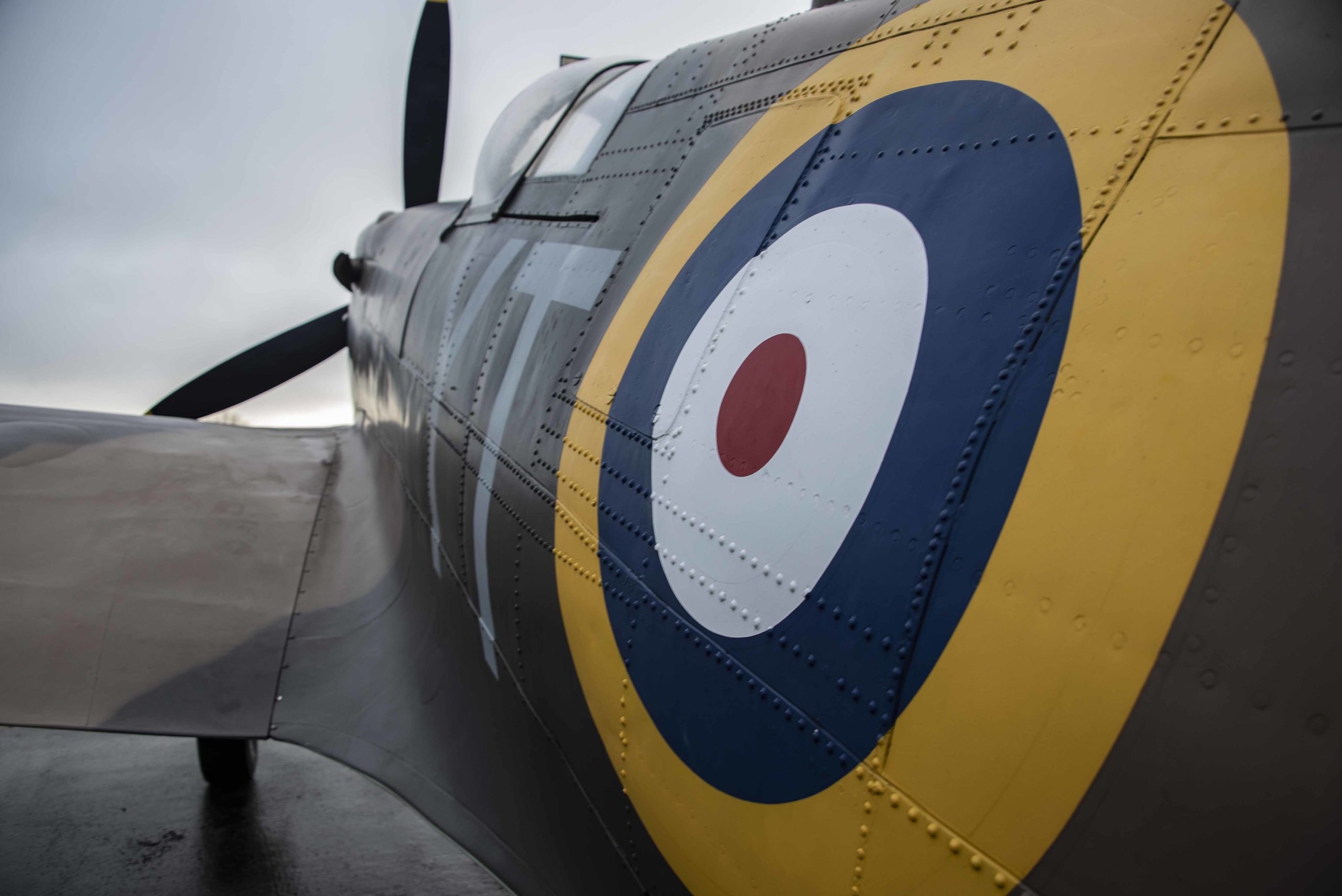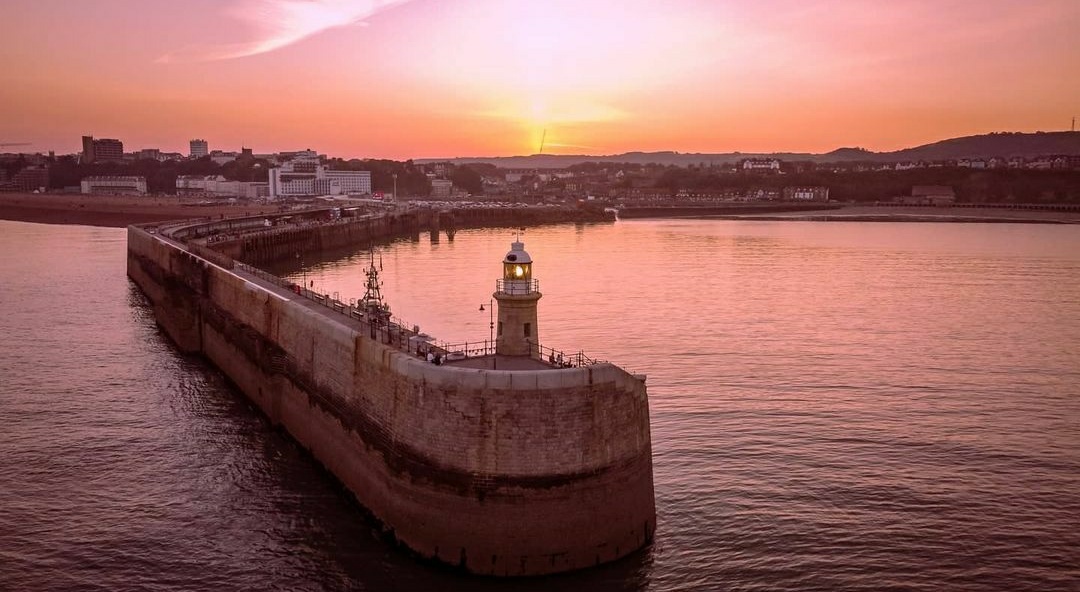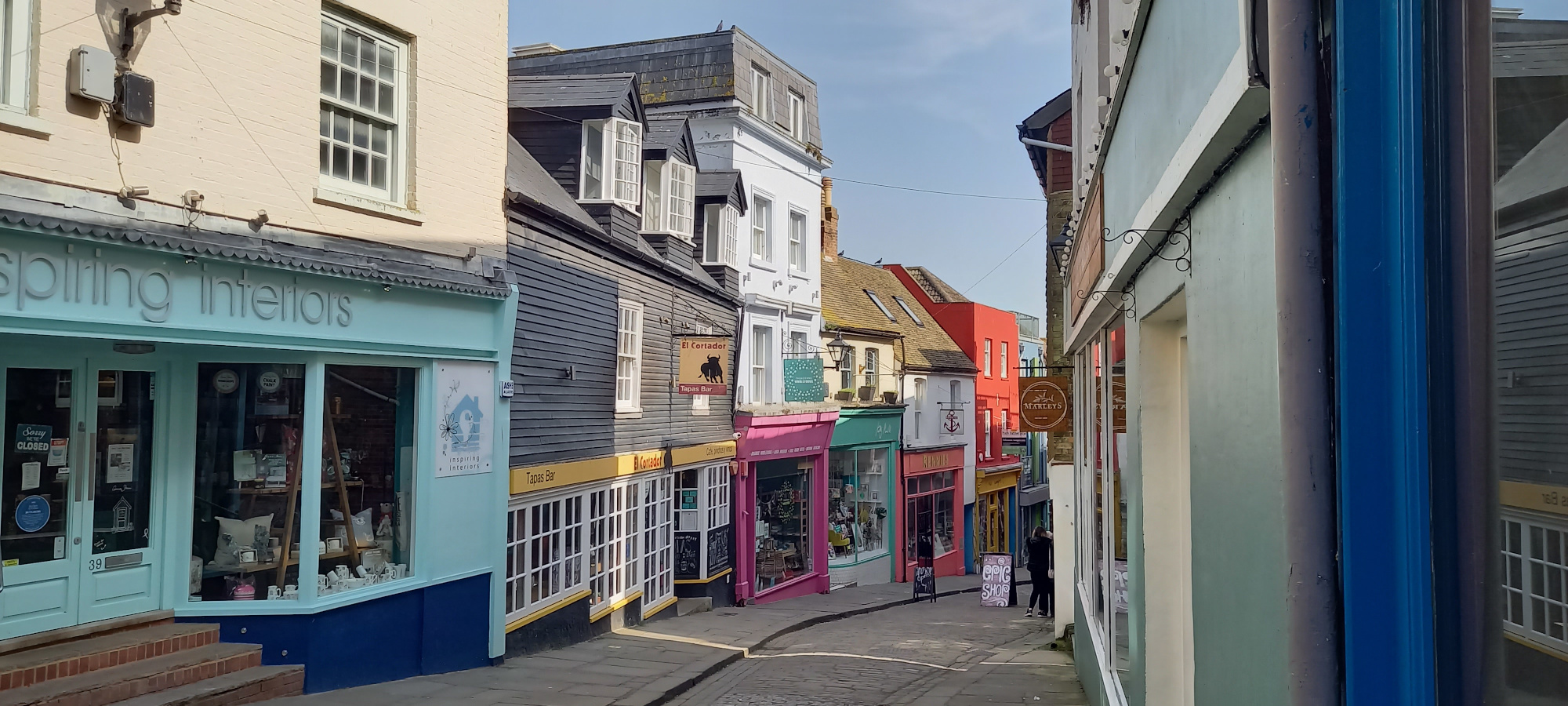Live
The origins of the Unknown Warrior – The Edith Cavell Carriage
The original idea of the tomb of the unknown warrior came from the junior vicar, or curate, of Folkestone‘s parish church. The Reverend David Railton was curate at St Mary and St Eanswythe’s church, and he went to war in 1916. His job was to recover bodies and tend to wounded soldiers from the battle field. He wrote to Prime Minster David Lloyd George to suggest that one of these bodies be brought home. It should be buried in a public place so that all of Britain could claim him as their son who fought for our freedom.
The Origins of the Unknown Warrior
This would turn out to be the first Tomb of the Unknown Warrior in the world. Once Rev. Railton had persuaded the Prime Minister, plans were put in place to recover one of the bodies and bring him home. In 1920, this carriage, Van 132 or the Edith Cavell Van, carried the body of the Unknown Warrior from Dover to London. At the ceremony on 11th November 1920, many witnessed the casket journey from the Cenotaph to be interred at Westminster Abbey.
Brian Janes, Curator and Custodian of the Edith Cavell Van, from the Kent and East Sussex Railway has researched this van. He’s restored it with the support of Heritage Lottery Funds. He’s talks about how the van would have been lined with purple drapes, and the coffin and filled with wreaths and flowers. The van is now a museum and is usually at Bodiam Castle, East Sussex, but it goes on tours on special occasions.
Replica coffin with links to the past
Inside the Van now you can see a replica coffin of the one that carried the body of the Unknown Warrior. This has been built by volunteers from the Kent and East Sussex Railway using elm wood from the Royal Parks. The metal work holds a poignant link to the past.
The replica was created by the grandson of the man who did the original work. His family, and their business Brunswick Iron Works, were known to Prime Minster David Lloyd George from their base in Carnarvon, North Wales. In 1920, when the original was made, his grandfather traveled to London with his tools and created the shield and brackets in 36 hours. This has always been an important symbol of the fallen during World War 1.





Van 132, The Special Van
This carriage hasn’t just had one important passenger. It’s made its name carrying two other bodies, also associated with World War 1.
Edith Cavell was its first passenger in 1919. She was the first civilian to be executed by the Germans in World War 1. Her crime was “helping the hostile Power or of causing harm to the German troops”.
Edith was a nurse during the war, and she helped Allied soldiers to escape occupied Europe. On 12th October 1915 she was executed by firing squad. The outrage this caused around the world really surprised the German government. Edith became a propaganda tool to highlight the barbaric nature of the German Army. She also did something else, something far more mundane. Her name became synonymous with passenger luggage vans in Kent and East Sussex. For over half a century, these luggage vans were called ‘Cavells’ by those who worked on the trains.
Captain charles Fryatt
The second person to travel in this van was also the second British civilian to be executed by the German Army. Captain Charles Algernon Fryatt was the captain of the SS Brussels, a passenger ferry that ran between Harwich and Rotterdam, in neutral Holland. Sailing a merchant ship in British waters during the war was highly dangerous. The German government had announced that they would attack these ships without warning.
Captain Fryatt’s ship was approached by a German submarine and ordered to stop. He decided not to, instead he commanded his crew to target the submarine at full speed.
There is a type-written report from March 31st 1915 where the Captain says: “I could see it was no use trying to get away from him (the submarine). As by steering my course to the Southward he could easily have torpedoed me and his speed was far greater than mine. He hoisted two flags for me to stop, but I did not like the idea of giving my ship up to him so I decided to ram him.” The submarine was forced to crash dive in order to save itself!
Decorated for bravery
Fryatt was decorated for his bravery, and praised in Parliament for his courage and determination under enemy attack. However, the Germans didn’t like this! At least one year after this event, on 22nd June 1916, his ship was surrounded by 5 German destroyers. They boarded and took the ship to Bruges. The Germans charged Captain Fryatt with attempting to sink a German submarine. He was accused of being a ‘franc tireur’ – a civilian engaged in hostile military action. He was tried, found guilty, and executed on 27th July 1916.
In July 1919, Fryatt’s body was exhumed from the cemetery near Bruges. He was transported to London for his state funeral, in Van 132.
community collaboration
Richard Moffatt is Chairman of the Remembrance Line Association. His organisation started in 2008 to ‘preserve the railway heritage of the Harbour and the Harbour Branch Line’. “It’s great to be collaborating with Step Short and Folkestone Harbour Company in bringing this van to the Harbour Arm.”
The Edith Cavell Van visited the Harbour Arm in October 2018. The Remembrance Line, Step Short, Kent and East Sussex Railway and Folkestone Harbour and Seafront Development Company made this possible.



